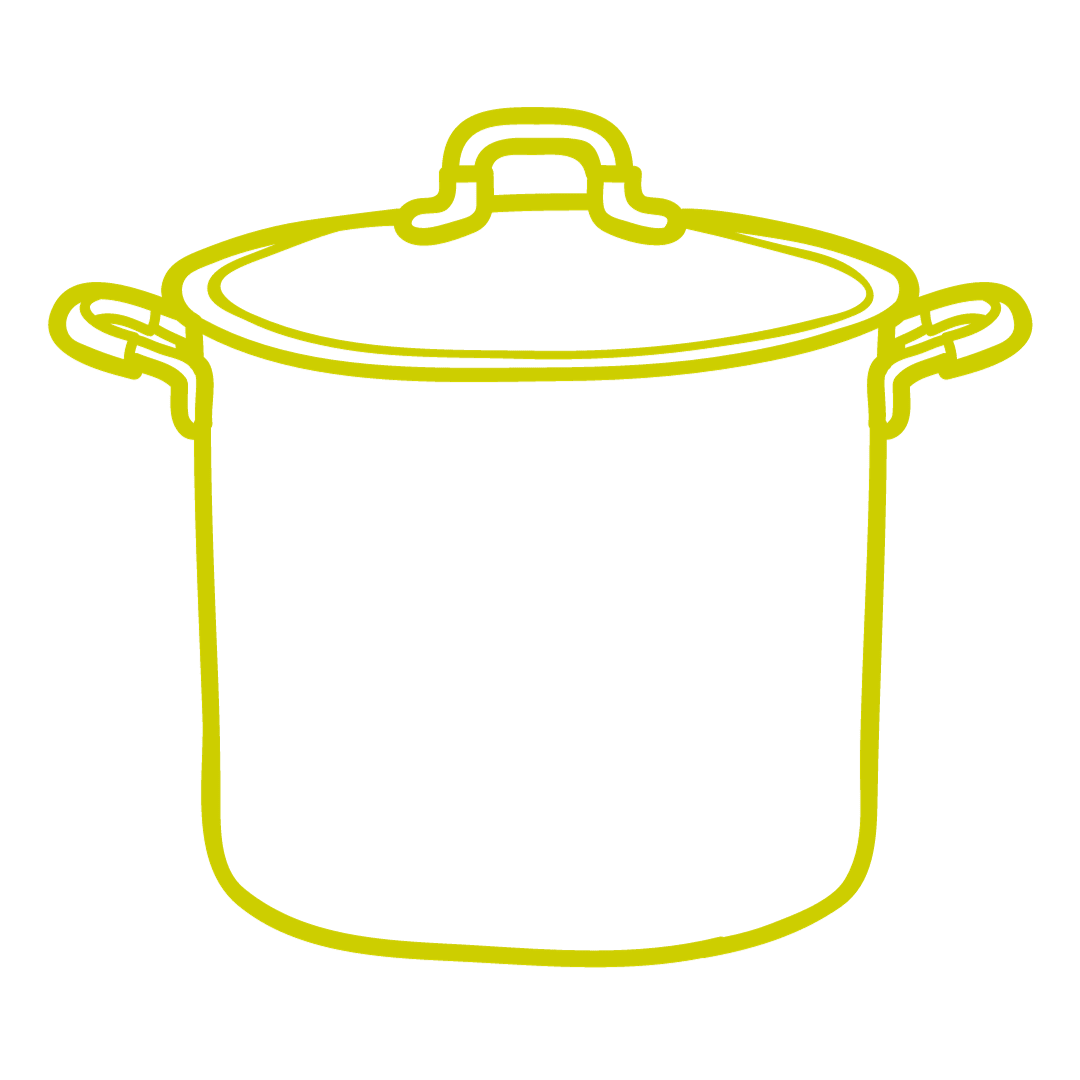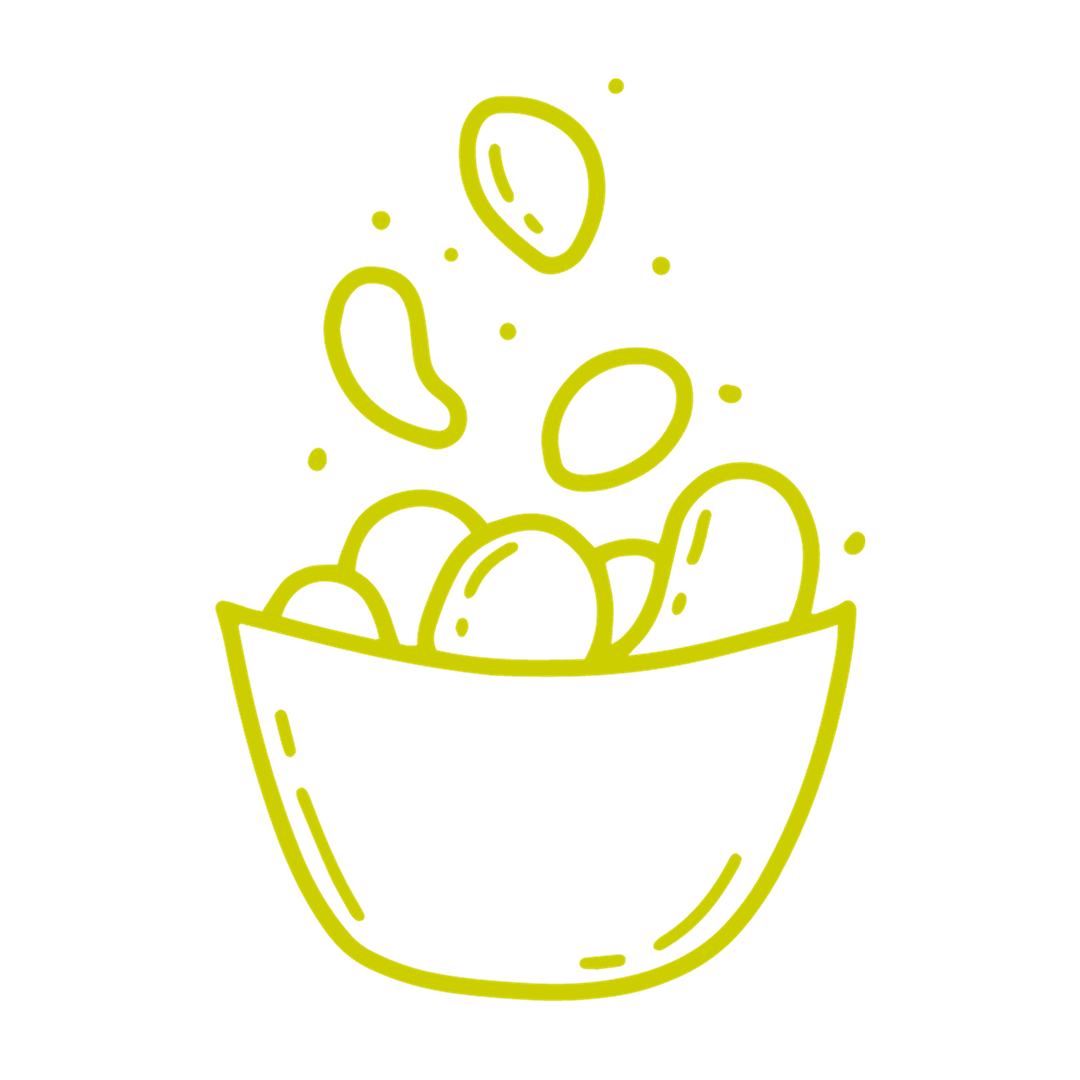Saving energy and living sustainably often go hand in hand, especially in the kitchen! From choosing the right pot lid to using the residual heat in the oven – Alexandra Achenbach has practical tips from her book “My Sustainable Kitchen – on a Budget” to cook more efficiently and protect the environment at the same time. She also shows creative ideas on how to use residual heat and turn leftover baked goods into crispy snacks.
 A lid fits on every pot, and that's a good thing, because a well-fitting lid can actually trap the cooking heat, reduce cooking time and help reduce energy consumption when cooking by up to a third. Also make sure that the size of the hotplate matches the size of the pot or pan.
A lid fits on every pot, and that's a good thing, because a well-fitting lid can actually trap the cooking heat, reduce cooking time and help reduce energy consumption when cooking by up to a third. Also make sure that the size of the hotplate matches the size of the pot or pan.
And did you know that with a few tricks you can also save energy and money in the oven? On the one hand, the circulating air setting alone uses around 20 percent less than top and bottom heat, and you can achieve the same result with just 20 degrees less.
In addition, in many cases you can safely avoid preheating your oven. This especially applies to braised dishes and anything that shouldn't be crispy. However, preheating is absolutely necessary when baking bread.
Extra saving tip: A kettle boils smaller amounts of water more energy-efficiently than the stove. This is especially true if you have a classic electric stove with a cast iron plate or ceramic hob at home. It is important to only heat the amount that you really need and to descale your stove regularly.
Use electricity and heat multiple times
 And another tip for stoves and ovens: If you don't have an induction stove, you can turn off your stovetop or oven five to ten minutes before the end of the cooking time and thus efficiently use the residual heat without using any more electricity.
And another tip for stoves and ovens: If you don't have an induction stove, you can turn off your stovetop or oven five to ten minutes before the end of the cooking time and thus efficiently use the residual heat without using any more electricity.
In addition to simply continuing to cook, there are many other wonderful ways in which your residual heat can be put to good use.
IDEAS FOR THE RESIDUAL HEAT OF THE STOVETOP
- Dissolve incrustations and burnt food with a little water
- Heat water for tea (e.g. green tea) or for rinsing
- However, you should approach cookies or cakes with caution, as exact baking temperatures are often required right up to the end.
IDEAS FOR RESIDUAL HEAT IN THE OVEN
- Dry fresh herbs
- Dry oat pomace
- Dry chopped fruits and vegetables
- Dry fruit bowls for homemade fruit tea
- Dry leftover bread or pretzels
Use residual heat and save food with bread chips
The reasons for leftover baked goods are varied. But there is a tasty solution away from the trash can. The magic word is: roast until crispy! Leftover bread and old pretzels are transformed into long-lasting chips in just a few moments – the perfect nibbling fun and zero-waste snack for on the go or while watching series in the evening.
 INGREDIENTS:
INGREDIENTS:
For 1 baking tray
- Leftover bread and pretzels
- 80 ml vegetable oil (suitable for baking)
- 3 tablespoons spices or herbs of your choice (e.g. Mediterranean spice mix)
- maybe salt maybe
- 1 garlic clove, peeled
HOW TO DO IT:
- Cut leftover bread and pretzels into thin slices (max. 4 mm thick) and spread on a baking tray.
- Grind oil, spices, herbs, salt and garlic in a blender and mix well. Here you can let your imagination run wild. Just make sure the bread dough is already seasoned. It is better to be careful with salt, especially when it comes to pretzels.
- Now spread the spice oil on the slices and put them in the oven. Bake at 150°C using top/bottom heat for about 10 minutes until golden and then allow to cool. Bon appetit!
Tip: Alexandra Achenbach explains in her article “Cheap and sustainable cleaning with homemade cleaning products” how the kitchen can be sparkling clean again easily and in an environmentally friendly way.


